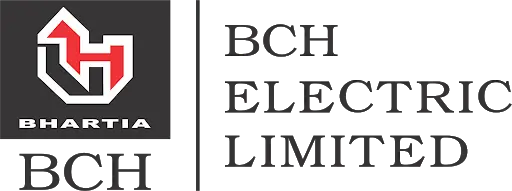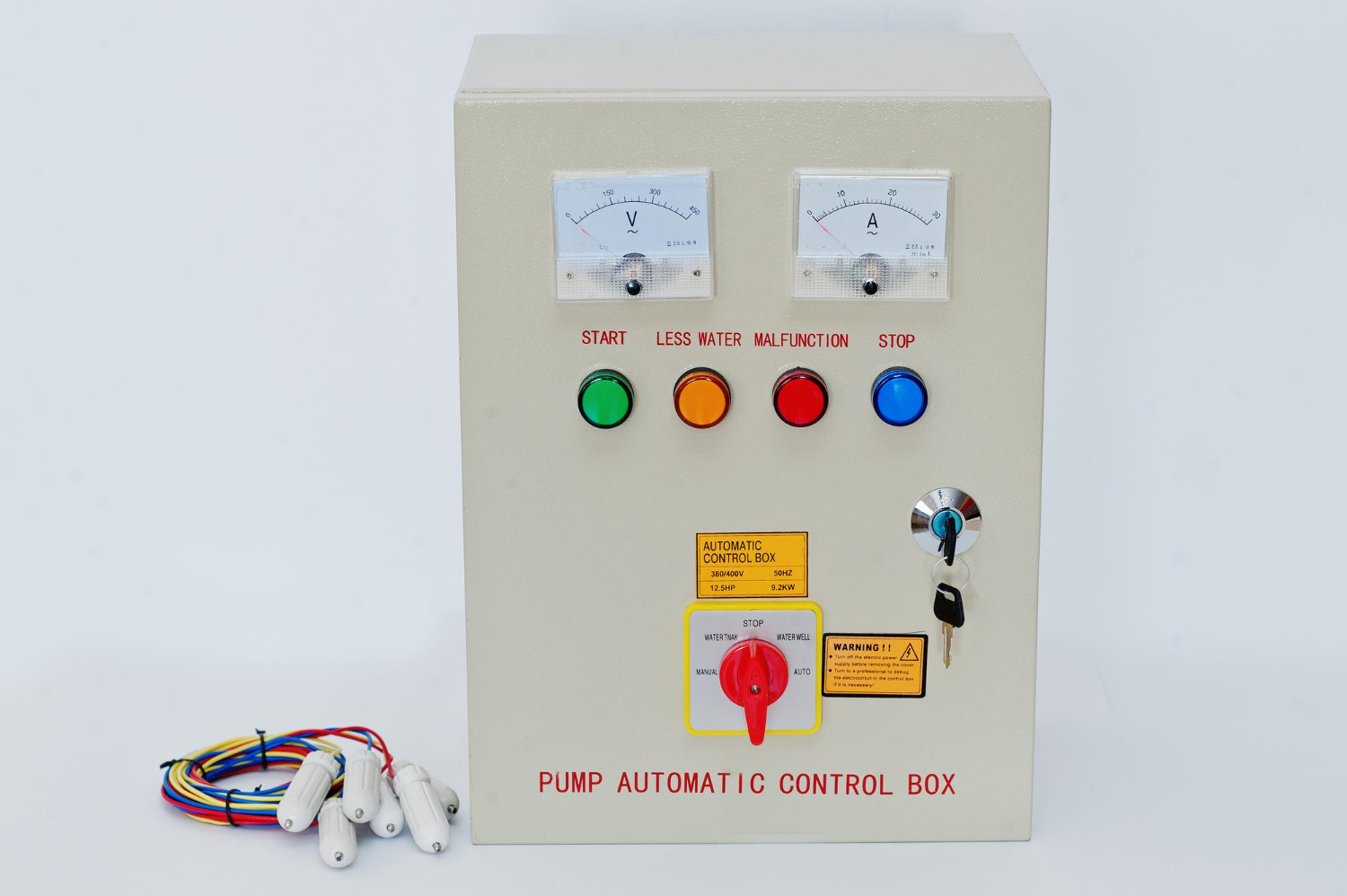Small motors power everything from factory conveyor belts to agricultural water pumps, and the Direct-On-Line (DOL) starter is the unsung hero that gets them running. Reliable and straightforward, DOL starters like those from BCH Electric connect motors directly to the power supply, delivering instant torque for quick starts. But like any equipment, they can run into issues like tripping relays, motors that won’t start, or unexpected shutdowns. These problems can feel daunting for beginners, but they’re often easy to fix with the right know-how. This guide breaks down the most common DOL starter issues and how to troubleshoot them, ensuring your operations stay smooth.
BCH Electric Limited Components has engineered top-tier automotive solutions since 1993, from precision cylinder heads to advanced suspension systems. Our expertise in electrical systems, vehicle evaluation, and durability testing gives us a deep understanding of tools like the DOL starter. We’re committed to empowering industries with practical knowledge, so we’re sharing this beginner-friendly guide to troubleshooting BCH India’s DOL Starter. Whether you’re a small business owner or a farm operator, these tips will help you keep your engines humming. They will also show you how our engineering services can take your systems to the next level.
An overview of the DOL Starter
Like BCH India’s, a DOL starter is a straightforward device that starts small motors (under 10kW) by connecting them directly to the power supply. It includes a contactor (a heavy-duty switch), an overload relay (for safety), and a start/stop button. When you press the start button, the contactor closes, powering the motor. The overload relay monitors current and trips if something’s wrong, like an overload or phase failure. BCH India’s DOL Starter, built to IS/IEC 60947-4-1 standards, is designed for reliability, but issues can arise. Let’s explore the most common problems and how to fix them.
Issue 1: Motor Doesn’t Start
Nothing’s more frustrating than pressing the start button and getting silence. Here’s one key reason this happens:
- Power Supply Failure: Check if the power supply is active. A blown fuse, tripped circuit breaker, or loose connection could be the culprit. Use a multimeter to confirm the voltage at the starter’s input terminals.
Fix:
Inspect and replace any blown fuses or reset the breakers. Tighten all connections and ensure the supply matches the starter’s rating (e.g., 230V for single-phase models).
Issue 2: Overload Relay Trips Frequently
If the overload relay keeps tripping, it’s trying to protect your motor. Here are three common causes:
- Excessive Load: The motor might be overloaded, drawing too much current.
- Incorrect Relay Setting: The relay’s current setting may be too low for the motor’s full load current.
- Faulty Wiring: Loose or damaged wires can cause current spikes, triggering the relay.
Fix:
Verify the motor’s load matches its rating. Adjust the overload relay to the motor’s full load current. Inspect the wiring for damage or loose connections and repair as needed.
Issue 3: Contactor Fails to Engage
When the contractor doesn’t close, the motor won’t start. Here are five reasons this might happen:
- Low Control Voltage: The contactor coil needs sufficient voltage (e.g., 24V or 230V) to operate.
- Faulty Start Button: A broken or stuck start button can prevent circuit closure.
- Damaged Contactor Coil: Wear or burnout can stop the coil from energizing.
- Open Control Circuit: A broken wire or loose terminal in the control circuit can disrupt the signal.
- Mechanical Obstruction: Dirt or debris might jam the contractor’s moving parts.
Fix:
Measure the control voltage with a multimeter and ensure it matches the contractor’s rating. Test the start button for continuity. Replace a faulty coil or clean the contactor if it’s jammed. Check the control circuit for breaks and secure all terminals.
Issue 4: Motor Stops Unexpectedly
If the motor starts but shuts off suddenly, the issue often lies in the protection system. Here are seven potential causes:
- Phase Failure: Loss of one phase in a three-phase system can trigger the relay.
- Phase Imbalance: Uneven voltage across phases can trip the starter.
- Overheating: Excessive motor heat, often from prolonged operation, activates the thermal relay.
- Short Circuit: A fault in the motor or wiring can cause immediate shutdown.
- Incorrect Relay Calibration: A relay set too sensitively may trip unnecessarily.
- Environmental Factors: Dust or moisture can interfere with starter components.
- Worn Motor Bearings: Increased friction can raise the current draw, tripping the relay.
Fix:
Use a multimeter to check for phase loss or imbalance and correct the power supply. Ensure proper ventilation to prevent overheating. Inspect short circuits and repair the wiring. Recalibrate the relay per the motor’s specs. Clean the starter to remove dust and moisture. If the bearings are worn, service or replace the motor.
Issue 5: Noisy Contactor or Humming
A buzzing or humming contactor is annoying and a sign of trouble. Here are nine possible reasons:
- Low Voltage Supply: Insufficient voltage can cause contactor chatter.
- Dirty Contacts: Dust or corrosion on contacts can disrupt the smooth operation.
- Weak Contactor Coil: A degraded coil may not hold the contacts firmly.
- Misaligned Contactor: Improper installation can cause mechanical noise.
- Loose Mounting: Vibrations from a loose base can amplify noise.
- Faulty Control Wiring: Loose or incorrect wiring can lead to erratic operation.
- High Inrush Current: Excessive current can stress the contactor.
- Environmental Interference: Moisture or heat can affect contractor performance.
- Aging Components: Wear can cause noise in older units.
Fix:
Verify the supply voltage and correct any drops. Clean the contacts with a contact cleaner. Replace a weak coil or realign the contactor. Secure the mounting base. Check and tighten the control wiring. Ensure the motor’s current draws match the starter’s capacity. Protect the starter from harsh environments. Replace worn components if needed.
Preventing DOL Starter Issues
Prevention is better than troubleshooting. Here are five proactive steps to keep your BCH India DOL Starter running smoothly:
- Regular Inspections: Check wiring, contacts, and relays monthly for wear or damage.
- Proper Sizing: Match the starter’s rating to the motor’s specifications to avoid overloads.
- Clean Environment: Keep the starter free of dust, moisture, and debris.
- Routine Testing: Test the overload relay and contactor periodically to ensure they function.
- Professional Installation: Ensure a qualified electrician installs the starter to avoid setup errors.
Why BCH India’s DOL Starter Stands Out
BCH India’s DOL Starter, with models like the Shakti WP DOL and Citation DOL, is designed for reliability and ease of use. Its robust components, like the Citation overload relay, offer comprehensive protection against overloading, phase issues, and short circuits. Variants of single-phase, three-phase, and submersible pumps make it versatile for industries and agriculture. While the high starting current (6–8 times the full load) can cause voltage dips, it’s ideal for small motors where simplicity and power are key. By troubleshooting it effectively, you can maximize its performance.
Partner with BCH Electric Limited Components for Seamless Solutions
BCH Electric Limited Components knows reliable motor control is just one piece of the puzzle. Since 1993, we’ve delivered precision-engineered solutions, from vehicle electrical systems to powertrain calibration and durability testing. Our expertise ensures components like BCH India’s DOL Starter integrate seamlessly into your operation. Whether you need custom parts, benchmarking, or complete homologation, we’re here to elevate your systems. Contact us to explore how our engineering services can power your success. Let’s build the future together.


